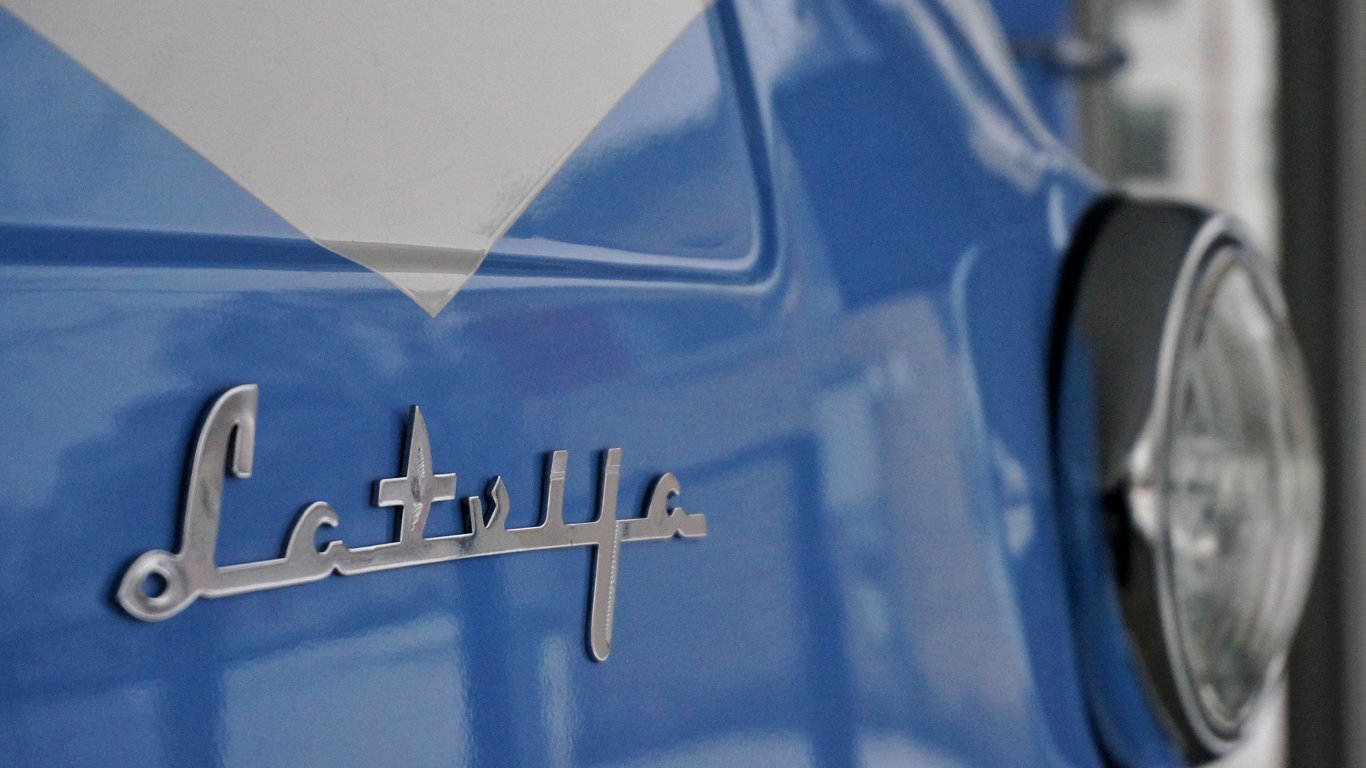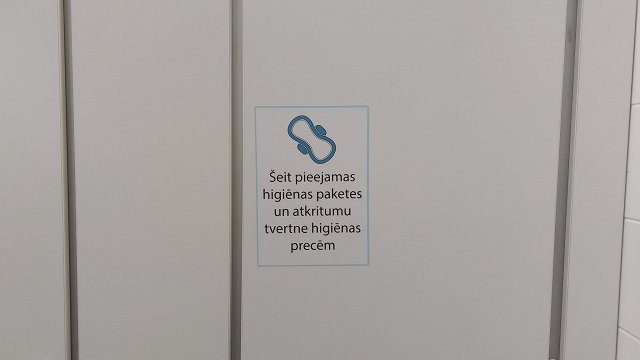From Made in Latvia to Made in USSR
Latvia was heavily industrialized during the Russian Empire; so much that there still were factories and other infrastructure left following the two World Wars. The Soviets continued the trend, fitting the existing structures for the excesses of Soviet industry.
Meanwhile the best companies of independent Latvia were quickly reoriented in order to supply the vast Soviet empire.
Following the change of power, employees at Rīga's famous State Electrotechnical Factory (Valsts elektrotehniskā fabrika, VEF) were initially busy with cutting out Made in Latvia from electronic parts and replacing it with Made in USSR. Thanks to qualified workers and good work culture, Latvia's economy was the strongest in the USSR long after the occupation. It had the highest GDP per capita across the union, but also the highest number of people employed in industry.
Despite that Latvia was a tiny agrarian country before the war, metalworking and the automotive industry quickly grew to one third of all production. Most of these companies were under direct control of Moscow instead of locals, and therefore their earnings went to the coffers of the main union budget. Starting with the 1950s, Soviet cronies from Moscow were set in place as the chief officials of the Latvian SSR. They did not care about what's best for Latvia in the least bit.
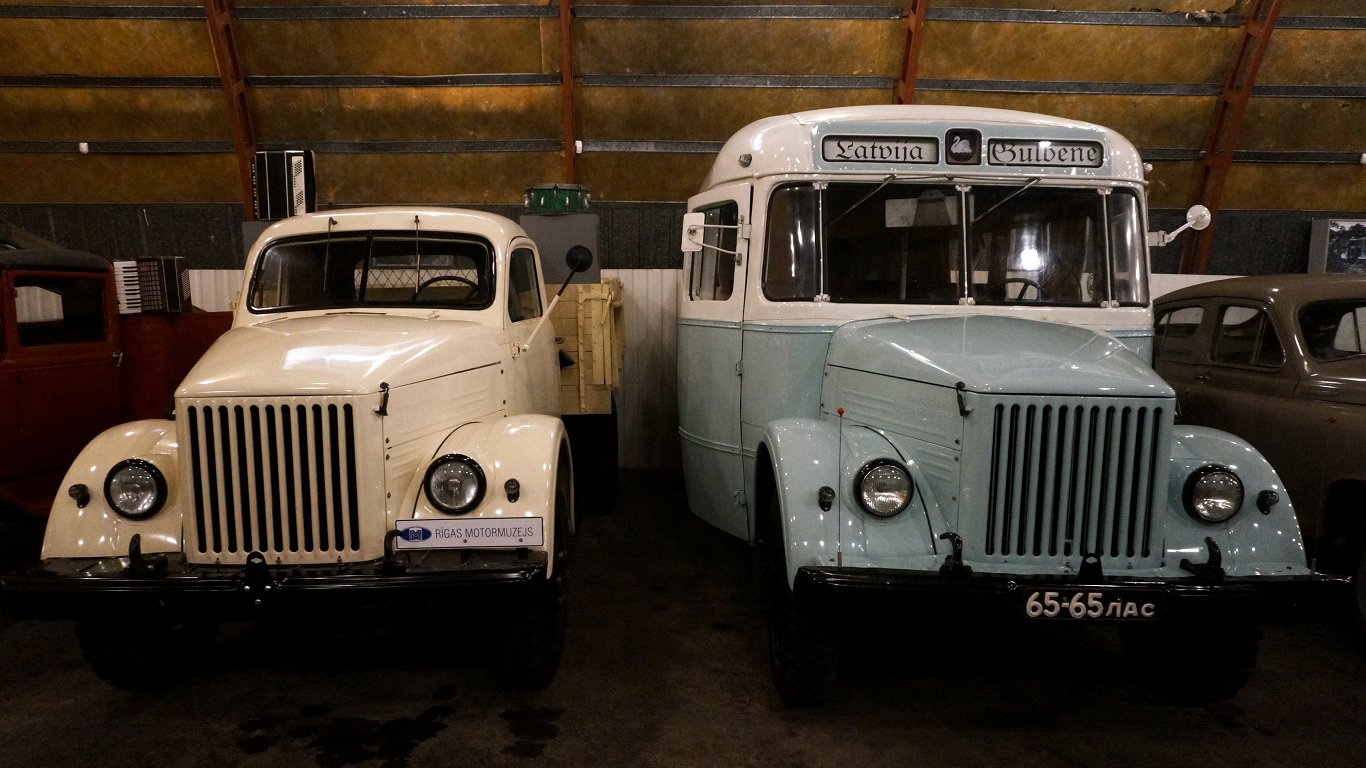
RAF grew out of Rīga's old factories -- the former repair shops on Tērbatas street, which had been turned into the 2nd Auto Repair Factory, and the Rīga Experimental Car Factory, which under Stalin's orders tried, unsuccessfully, to design a light vehicle for the Soviet masses. In 1951 the two companies were merged to create a bus factory.
As the first Soviet buses were created, based on truck designs, the West saw the arrival of the first minibuses. As the Volkswagen Type 2 was rolled out, RAF's chief engineer Laimonis Klēge spotted the car at a 1955 exhibition in Geneva. He managed to convince superiors in Moscow to ship a single vehicle to Latvia -- for research and inspiration, so to speak.
The majority of Soviet vehicles were in fact Western knock-offs, despite that communists routinely swore at the rotten capitalists of the occident. Thus the ZAZ-965 was a Fiat 600 knock-off, the Moskvitch 400 was inspired by the Opel Kadett, and so on. The Soviet automotive industry quickly fell behind; it had much more primitive manufacturing capabilities.
Nevertheless, as the world was slow to pick up on rolling out new minibuses, the RAF Latvija was destined to rank among the world's first to be produced. It was loosely based on Type 2, but with the engine in the front and Soviet parts giving it a different look.
In 1957 the first prototypes were showcased, namely the RAF-10 Festivāls and the smaller RAF-8 Sprīdītis. These were eventually showcased in Geneva in 1960. The Kremlin was ecstatic. You could now make your way towards communism in a minibus.
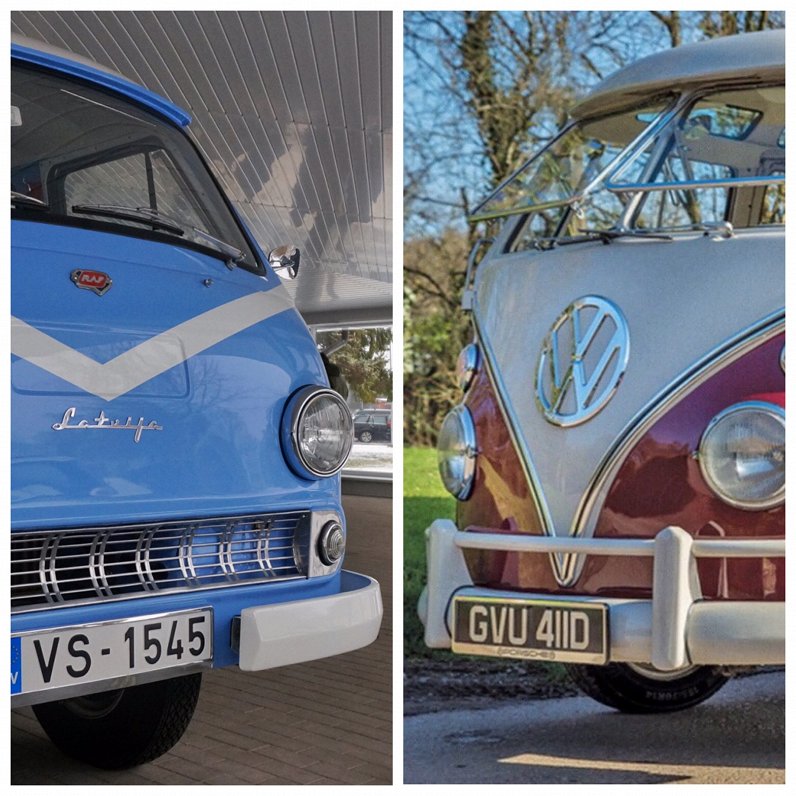
The RAF-10 would eventually enter mass production under the name of RAF-977V. In an unlikely event, these were fitted with a label saying Latvija -- and in Latin script at that. This was to become almost the only minibus the socialist world would see.
A new factory was to be unveiled so that by the 1980 Olympics the USSR could upgrade its fleet to the new, Jelgava-made RAF 2203.
Loved despite great faults
On December 25, the Christmas celebrations in Jelgava, central Latvia, were overshadowed by an event of much grander scale. The new RAF factory was to be unveiled. In fact, the opening was staged. The two new minibuses rolling off the factory line were actually produced in Rīga. Engineers were made to work on the production line; quality suffered; there were days when all the manufactured vehicles turned out to be defective. Even the factory turned out to be too small to install important machinery, slowing down production.
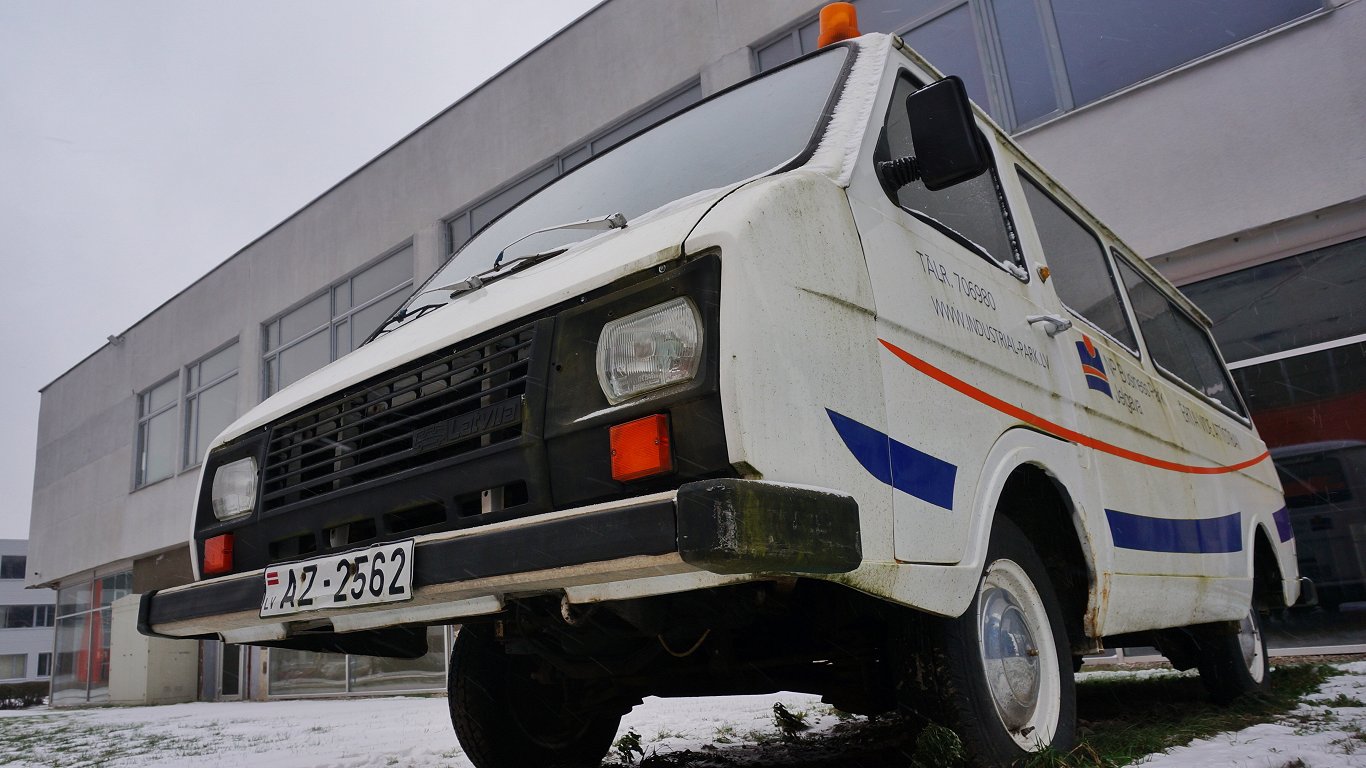
The so-called State quality mark of the USSR was introduced, despite an obvious absurdity in that it admitted that there were low-quality products as well! In the 1980s, only half of the products manufactured qualified to receive the mark, and the RAF minibuses lost it during the Perestroika period. They were well-known for their defects: a door could spring open during a turn; and you could use the engine cover inside the car to cook eggs.
The engine was so heavy that the back became unstable and had to be weighed down with manhole covers or other heavy objects during winter.
Despite great faults, the Soviet people still loved the minibuses. There weren't any others. Within 36 years, about 300,000 vehicles were made in Latvia and just about 1% of these stayed in the country.
Leaving marks on Jelgava
Industry of such scale requires people to work. The proportion of Latvians living in Jelgava shrank from 80% to less than 50% during the Soviet times. The population exploded, from 36,000 in 1959 to 74,000 in 1989. All but a new city was built for the RAF factory in Jelgava, with 16 nine-story and 18 five-story apartment buildings, along with a school, two kindergartens and a Soviet mall. RAF employed 4,000 people and Jelgava was turned into a citadel of industry.

In the 1960s, economists in the Latvian SSR had estimated that building a factory of such scale in Latvia would be unfeasible. Their calls went unheard. RAF was a Soviet company, and Latvia's only benefit was bringing its name across the borders. But when the union fell, this ended too. RAF was totally unable to compete with Western analogues and even the new Russian minibus ГАЗе́ль, which the former delivery company GAZ started producing in 1994.
The story goes that the fall of the USSR destroyed Latvian industry. But it was feeble from the very start. In 1990, experts from Volkswagen were brought in to see whether the factory could be refitted into something more modern. They said it'd be simpler to tear it down completely.
In 1996, a year before going bankrupt, history played a joke on the factory. It produced its last shipment of cars, about a dozen RAF-2926 vehicles fitted for the needs of the Moscow ambulance service. These were in fact hearses.
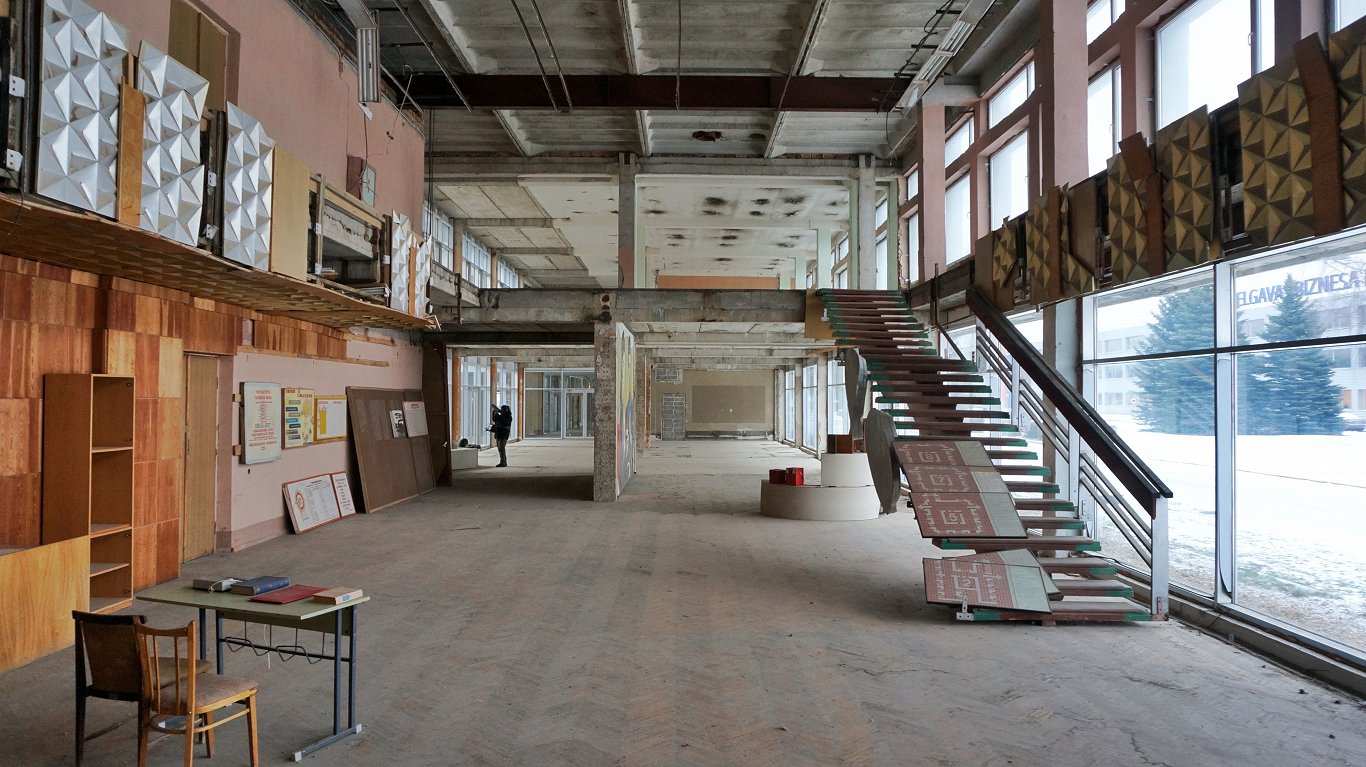
Nostalgia for Latvia's minibus industry is unwarranted if understandable. These days the clunky designs, stylized lettering and distinctive paint jobs make the models look retro-cool to generations that never had to drive them or be driven in them. But ultimately it was just another socialist "dinosaur" destined to die as soon as it was exposed to genuine market competition. The real Latvian revival was to come only with the death of the Soviet Union.
